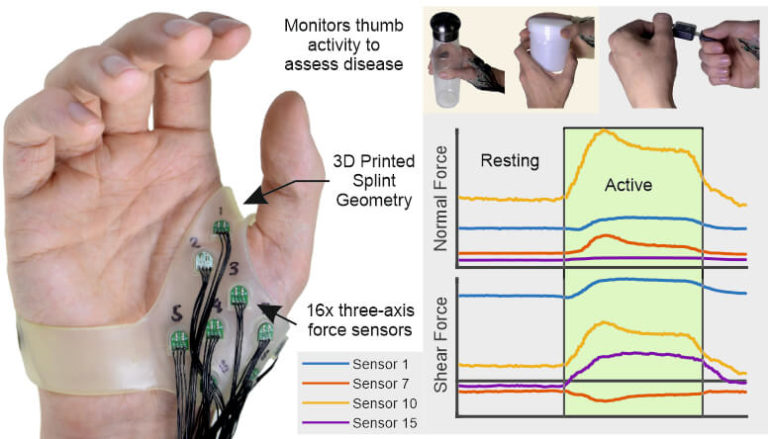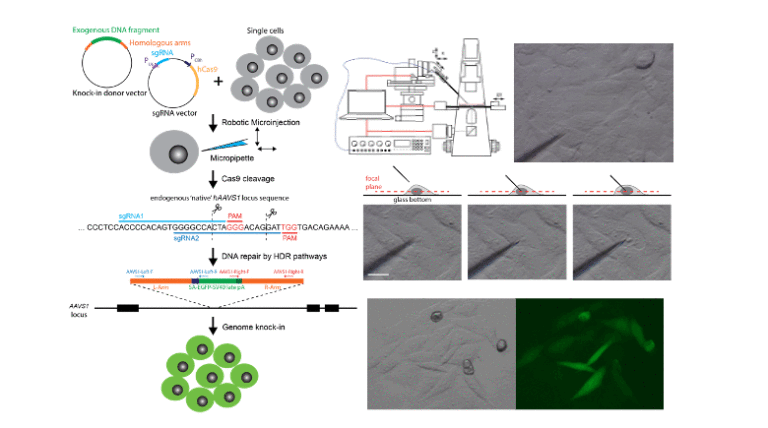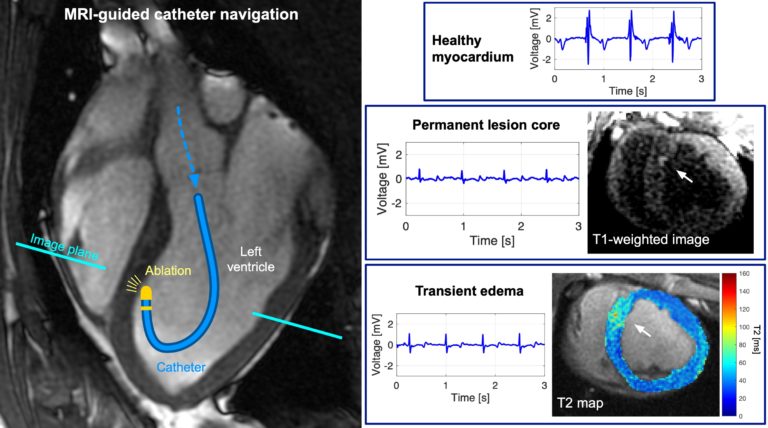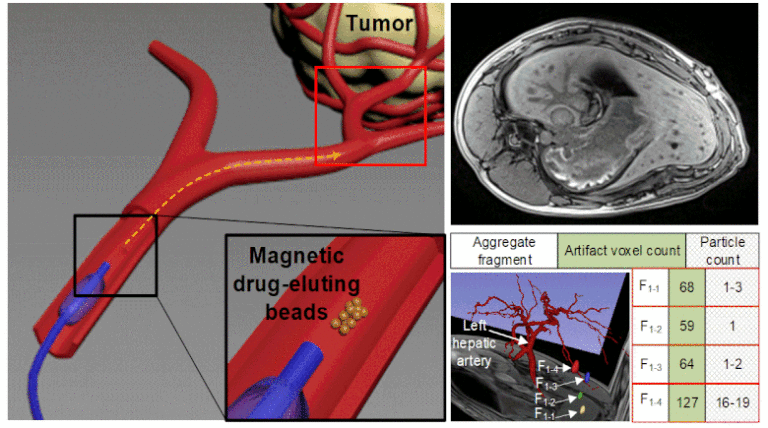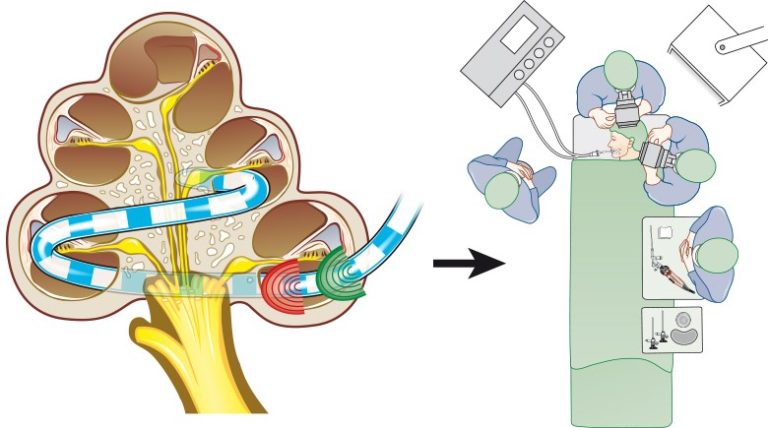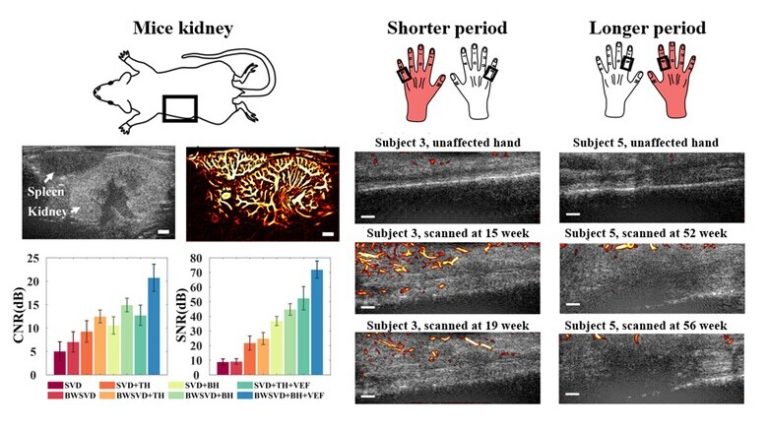HAILO: A Sensorised Hand Splint for the Exploration of Interface Forces
https://www.embs.org/tbme/wp-content/uploads/sites/19/2022/08/TBME-00589-2021-Website_Image.jpeg
776
444
IEEE Transactions on Biomedical Engineering (TBME)
//www.embs.org/tbme/wp-content/uploads/sites/19/2022/06/ieee-tbme-logo2x.png
This study presents a wearable device for the monitoring of pressure and shear interaction between the hand and a thumb splint, enabling the assessment of disease characteristics in hand arthritis.
read more

